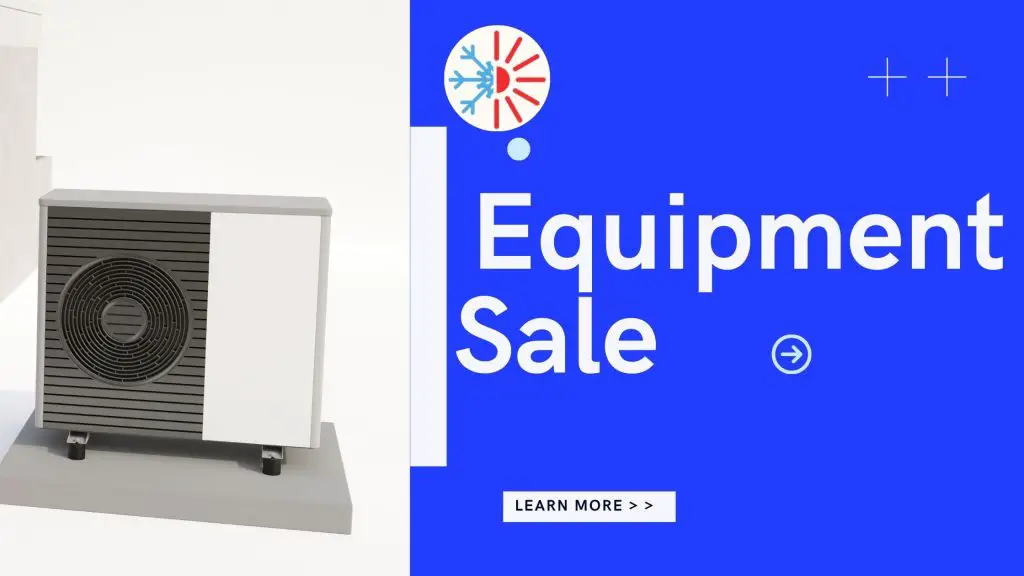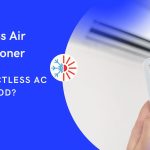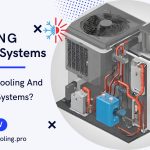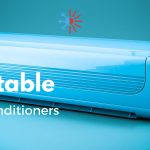In today’s fast-paced world, ensuring a comfortable living space is more than just a luxury; it’s a necessity. Whether you’re braving the scorching heat of summer or enduring the bone-chilling cold of winter, having reliable heating and cooling equipment can make all the difference. However, the cost of acquiring high-quality equipment can often be a barrier. This article will be your comprehensive guide to the world of heating and cooling equipment sales, offering affordable solutions for maintaining year-round comfort.
Heating and cooling equipment is designed to provide the perfect climate control for your home or workspace. In this article, we will explore the intricacies of choosing the right equipment for your specific needs. We’ll discuss various options, from traditional furnaces and air conditioners to cutting-edge heat pumps and ductless mini-split systems.
By the end of this article, you’ll have a comprehensive understanding of the heating and cooling equipment market and be better equipped to make a decision that suits your needs, budget, and the environment. Stay with us as we journey through the world of affordable and efficient heating and cooling solutions.
Understanding Your Heating and Cooling Needs
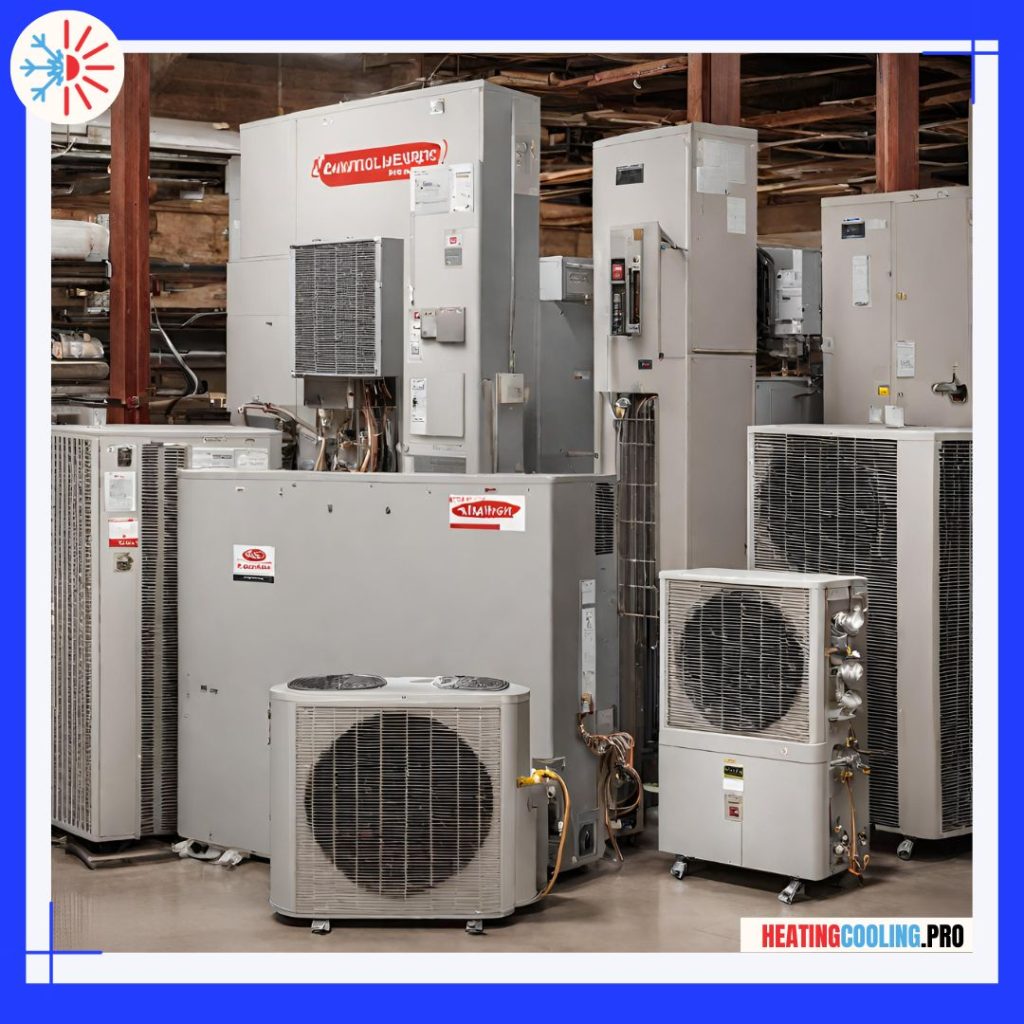
Before you start shopping for heating and cooling equipment, it’s crucial to consider the climate in your region. Your local climate will heavily influence the type and capacity of equipment you need. Here are some climate-related factors to consider:
1. Temperature Extremes: Do you live in an area known for extreme temperatures? Regions with harsh winters or scorching summers may require more robust heating or cooling solutions.
2. Seasonal Variations: Some areas experience significant seasonal temperature fluctuations. You’ll want equipment that can adapt to these changes seamlessly.
3. Humidity Levels: High humidity can make hot weather feel even more uncomfortable, while low humidity can lead to dry air. Look for equipment that can regulate humidity effectively.
4. Precipitation: Consider the amount of rainfall or snowfall in your region. Equipment should be able to handle increased moisture, and you may need extra protection against corrosion.
5. Altitude: If you live in a high-altitude area, equipment may perform differently due to lower air pressure. It’s essential to select equipment designed for your specific altitude.
Evaluating Your Space
The size of the area you need to heat or cool is another crucial factor when determining your heating and cooling needs. Here are some key aspects to evaluate:
1. Square Footage: Measure the square footage of the space you intend to condition. This information is fundamental in determining the heating or cooling capacity required.
2. Ceiling Height: Taller ceilings can result in more substantial air volumes that need heating or cooling. Consider this when assessing your space.
3. Insulation and Windows: The quality of insulation and the number and type of windows in your space impact how well it retains conditioned air. Poor insulation and single-pane windows can lead to significant energy loss.
4. Room Usage: Different rooms have different heating and cooling requirements. Kitchens, for example, generate heat and may require additional cooling, while bedrooms need efficient heating in winter.
5. Zoning: If you have a large space or multiple rooms, consider zoning your HVAC system. Zoning allows you to control temperatures separately in different areas, improving efficiency and comfort.
Understanding your local climate and evaluating your specific space are essential steps in selecting the right heating and cooling equipment. The goal is to match your needs with the equipment that will keep you comfortable throughout the year without wasting energy or money.
Types of Heating and Cooling Equipment
When it comes to heating and cooling your space, various equipment options are available, each with its unique advantages and characteristics. Let’s explore the primary types of equipment to help you make an informed decision:
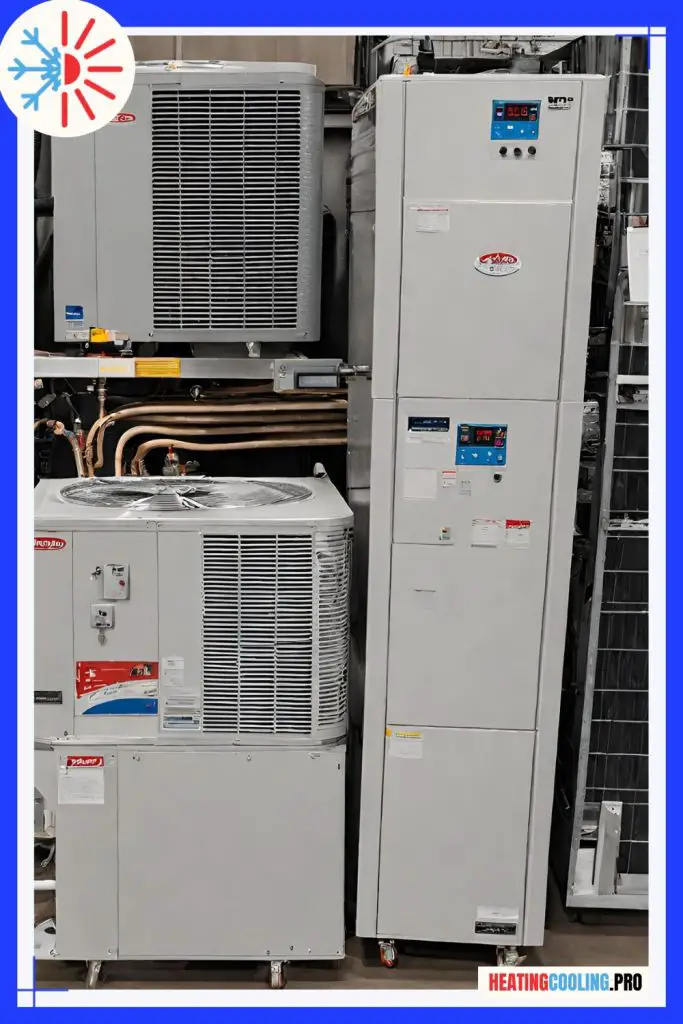
Furnaces and Boilers
Furnaces:
- Furnaces are common for heating spaces. They use forced air to distribute heat.
- Two primary types: gas and electric furnaces. Gas furnaces are highly efficient and cost-effective, while electric furnaces are easy to install.
- Modern furnaces come with advanced features like programmable thermostats and zoned heating.
Boilers:
- Boilers use water or steam to distribute heat. They are more prevalent in older homes and commercial spaces.
- Radiators, baseboard heaters, or radiant floor systems can be used with boilers.
- Boilers offer even heat distribution and are energy-efficient, but they require more maintenance.
Air Conditioners and Heat Pumps
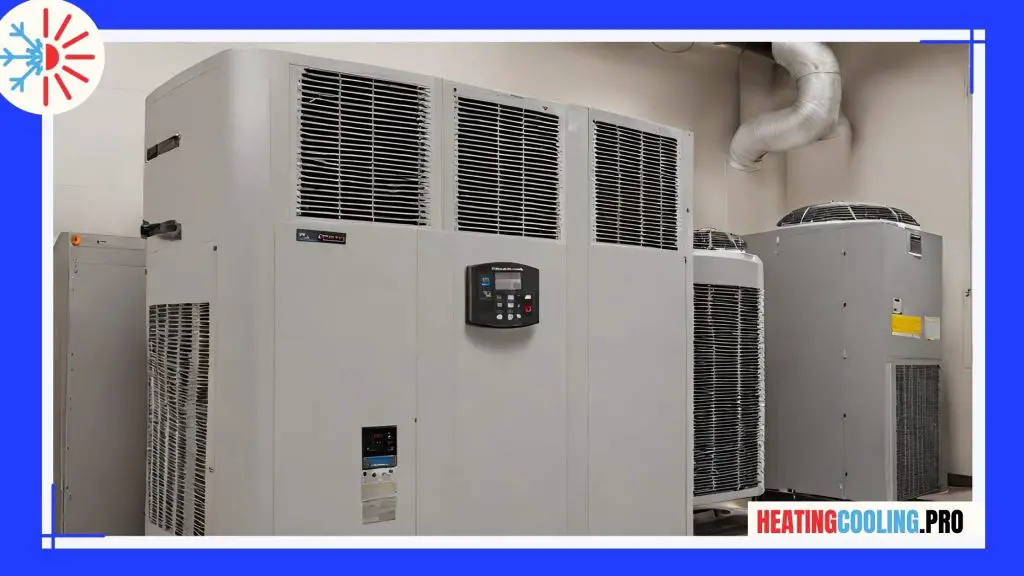
Air Conditioners:
- Air conditioners are designed for cooling spaces during hot weather.
- Split-system air conditioners consist of an indoor unit and an outdoor compressor. Central air systems are popular in larger homes.
- Ductless mini-split air conditioners are versatile and energy-efficient.
Heat Pumps:
- Heat pumps offer both heating and cooling functions. They move heat from one place to another rather than generating it, making them highly energy-efficient.
- Air-source heat pumps are suitable for moderate climates, while geothermal heat pumps are more efficient in extreme temperatures.
- Heat pumps are a cost-effective way to maintain comfortable temperatures year-round.
Ductless Mini-Split Systems
Ductless Mini-Split Systems:
- These systems are highly flexible and ideal for spaces without ductwork or where extending ducts is impractical.
- Comprising an indoor unit and an outdoor compressor, they offer zoned heating and cooling.
- Ductless mini-splits are energy-efficient and can be controlled individually in different rooms.
Each type of heating and cooling equipment has its unique strengths and weaknesses. Your choice will depend on your specific needs, budget, and the features that matter most to you. It’s essential to consider energy efficiency, installation requirements, and long-term maintenance when making your decision. In the next section, we will discuss critical factors to consider when buying this equipment.
Factors to Consider When Buying Equipment
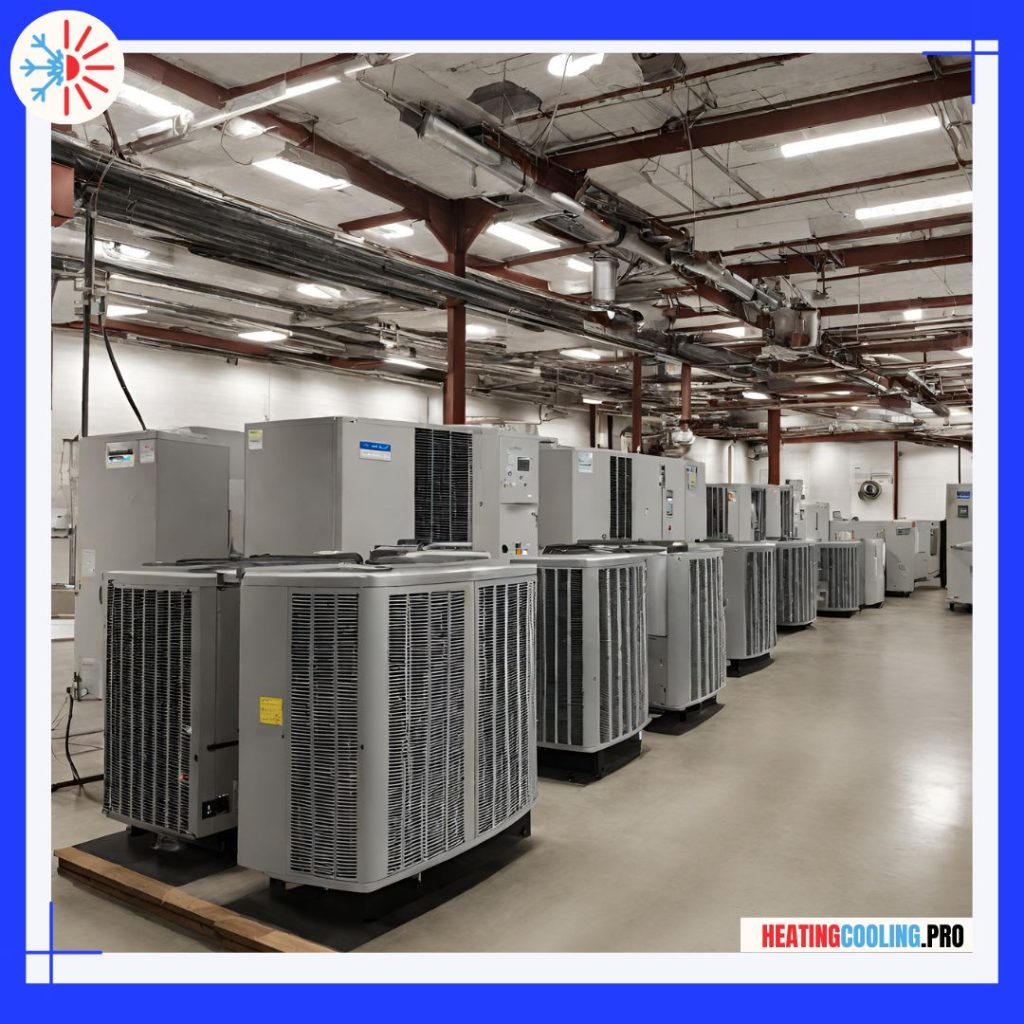
Choosing the right heating and cooling equipment is a significant decision, as it directly impacts your comfort and energy costs. Here are key factors to consider to make an informed choice:
Energy Efficiency Ratings
- 1. SEER (Seasonal Energy Efficiency Ratio):SEER ratings apply to air conditioners and heat pumps, measuring their cooling efficiency. Higher SEER ratings indicate greater efficiency.
- 2. AFUE (Annual Fuel Utilization Efficiency): AFUE ratings are relevant for furnaces and boilers, measuring their heating efficiency. A higher AFUE percentage means more efficient heating.
- 3. HSPF (Heating Seasonal Performance Factor): HSPF ratings are specific to heat pumps, indicating their heating efficiency. Higher HSPF values mean better performance in cold weather.
- 4. EER (Energy Efficiency Ratio): EER ratings, like SEER, pertain to air conditioners and heat pumps but focus on cooling efficiency at a specific temperature and humidity level.
Consider equipment with high energy efficiency ratings to reduce energy consumption and lower utility bills.
Size and Capacity
Heating and Cooling Load Calculation: Accurately calculate the heating and cooling load for your space to determine the right size and capacity of equipment. Undersized or oversized units can lead to inefficiencies.
Square Footage and Ceiling Height: These factors are critical when determining equipment size. Larger spaces and higher ceilings require equipment with greater capacity.
Insulation and Windows: Well-insulated spaces with energy-efficient windows may require smaller equipment due to reduced heat loss or gain.
Choosing the right size and capacity ensures efficient performance and comfort while avoiding unnecessary energy consumption.
Budget Considerations
- 1. Purchase Price: Compare the initial cost of different equipment types and models. While more efficient equipment may cost more upfront, it can lead to long-term savings.
- 2. Operating Costs: Consider the ongoing operating costs, including energy consumption and maintenance expenses. Energy-efficient equipment can significantly reduce long-term costs.
- 3. Financing Options: Investigate financing options, including rebates, incentives, and financing plans. These can make high-quality equipment more affordable.
Balancing your budget with long-term energy savings is essential to make a cost-effective decision. Don’t forget to factor in potential rebates or tax credits that can offset your expenses.
Choosing the right heating and cooling equipment involves careful consideration of these factors. Keep in mind that investing in energy-efficient equipment not only improves your comfort but also contributes to a more sustainable and environmentally friendly home or workplace. In the next section, we’ll explore the benefits of upgrading your equipment.
Benefits of Upgrading Your Equipment
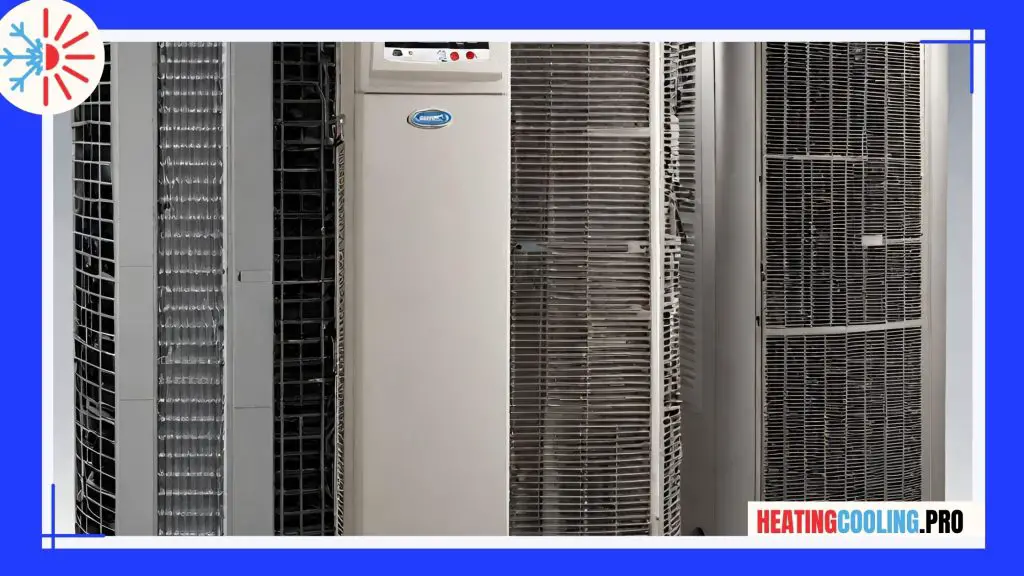
Upgrading your heating and cooling equipment offers a range of advantages, from improved comfort to environmental benefits. Here are some key reasons to consider investing in modern, efficient equipment:
Energy Savings
- 1. Lower Utility Bills: Energy-efficient equipment consumes less energy, resulting in lower heating and cooling costs. You’ll see a noticeable reduction in your utility bills.
- 2. Reduced Energy Waste: High-efficiency equipment wastes less energy and operates more effectively, ensuring that the energy you pay for is put to good use.
- 3. Environmental Impact: Decreased energy consumption reduces your carbon footprint, contributing to a more sustainable environment.
Enhanced Comfort
- 1. Consistent Temperature: Efficient equipment maintains a more consistent indoor temperature, eliminating cold spots or areas that are too hot.
- 2. Quieter Operation: Modern systems often run quieter, providing a more peaceful living or working environment.
- 3. Advanced Features: Upgraded equipment may include features like programmable thermostats, humidity control, and zoning options, enhancing your overall comfort.
Environmental Impact
- 1. Reduced Emissions: High-efficiency equipment emits fewer greenhouse gases, helping to combat climate change and reduce air pollution.
- 2. Less Energy Consumption: Decreased energy use reduces the demand on power plants, resulting in fewer emissions from energy production.
- 3. Eco-Friendly Refrigerants: Many modern systems use eco-friendly refrigerants that have a lower environmental impact.
Upgrading your heating and cooling equipment is an investment in your comfort, savings, and the environment. While the upfront costs may seem significant, the long-term benefits far outweigh them. In the next section, we’ll guide you through the process of shopping for heating and cooling equipment to help you make a well-informed purchase.
Shopping for Heating and Cooling Equipment
When it comes to shopping for heating and cooling equipment, you have several options to explore. The choice you make will depend on your preferences and specific needs. Here’s a guide to help you navigate this process:
Local Retailers vs. Online Options
Local Retailers, Visiting local HVAC retailers or showrooms allows you to see and touch the equipment, which can help you make a more informed decision. You can interact with knowledgeable staff who can provide expert advice and answer your questions. Local retailers often offer installation and maintenance services or can recommend trusted professionals.
Online Options, Shopping online offers convenience and the opportunity to compare a wide range of products and prices from the comfort of your home. Online reviews and customer feedback can provide insights into the performance and reliability of specific equipment models. Be sure to choose a reputable online retailer and verify warranty and return policies.
Warranty and Maintenance Services
- Warranty: Investigate the warranty offered with the equipment you’re considering. Longer and more comprehensive warranties can provide peace of mind.
- Maintenance Services: Regular maintenance is crucial for the longevity and efficiency of your equipment. Inquire about maintenance packages and schedules offered by the retailer or manufacturer.
Whether you choose to visit a local retailer or shop online, it’s essential to do thorough research, read reviews, and compare products to find the equipment that best suits your needs and budget. In the next section, we’ll discuss the importance of proper installation and ongoing maintenance for your heating and cooling equipment.
Installation and Maintenance
Proper installation and regular maintenance are critical factors in ensuring your heating and cooling equipment operates efficiently and lasts for years. Let’s explore the key aspects of installation and maintenance:
DIY vs. Professional Installation
DIY Installation:
- Some individuals with technical skills may consider DIY installation to save on labor costs.
- While it can be cost-effective, DIY installation can be complex and time-consuming, and mistakes can lead to inefficiencies or safety hazards.
- Warranty coverage may be affected if the equipment is not professionally installed.
Professional Installation:
- Hiring a certified HVAC professional ensures correct installation, optimal performance, and compliance with local building codes.
- Professionals can assess your specific needs, size the equipment accurately, and recommend the best placement.
- Professional installation often comes with warranty coverage and peace of mind.
Regular Maintenance for Longevity
- Annual Inspections: Schedule annual inspections with a qualified technician to check for issues, clean components, and ensure safe operation.
- Filter Replacement: Regularly replace air filters to maintain proper airflow and indoor air quality. The frequency of replacement depends on your equipment and usage.
- Cleaning and Lubrication: Cleaning and lubricating moving parts of your equipment prevent friction and wear that can lead to breakdowns.
- Duct Cleaning: Periodic duct cleaning ensures the air pathways are clear, improving efficiency and air quality.
- Programmable Thermostats: Install programmable thermostats to regulate temperature efficiently, reducing energy consumption.
Regular maintenance not only extends the life of your equipment but also maintains its efficiency, ensuring that you get the most out of your investment.
Investing in professional installation and committing to regular maintenance is a wise decision that can save you money in the long run and keep your heating and cooling equipment running smoothly. In the following section, we’ll explore financial assistance and incentives that can make upgrading your equipment even more affordable.
Financial Assistance and Incentives
Upgrading your heating and cooling equipment can be a substantial investment, but there are various financial assistance and incentives available to help ease the financial burden. Here are some options to consider:
Rebates and Tax Credits
- 1. Utility Rebates: Many utility companies offer rebates for energy-efficient equipment purchases. These rebates can significantly reduce your upfront costs.
- 2. Federal Tax Credits: Depending on the year and location, federal tax credits may be available for specific high-efficiency heating and cooling equipment.
- 3. State and Local Incentives: Various states and local governments provide incentives and tax credits for energy-efficient equipment. Check with your local authorities for available programs.
Financing Options
- 1. Manufacturer or Retailer Financing: Many manufacturers and retailers offer financing plans with competitive interest rates, allowing you to pay for your equipment over time.
- 2. Energy-Efficiency Loans: Some financial institutions offer loans specifically for energy-efficient home improvements, including heating and cooling equipment.
- 3. Home Equity Loans or Lines of Credit: If you have substantial equity in your home, using a home equity loan or line of credit can be an option to finance your upgrade.
- 4. PACE (Property Assessed Clean Energy) Programs: PACE programs provide financing for energy-efficient upgrades and allow you to repay the loan through property tax assessments.
Before making a purchase, thoroughly research available incentives and financing options. These programs can significantly reduce the overall cost of your heating and cooling equipment and make upgrading to energy-efficient systems more affordable.
In conclusion, upgrading your heating and cooling equipment offers numerous benefits, including improved comfort, energy savings, and a positive impact on the environment. By understanding your needs, choosing the right equipment, and taking advantage of financial assistance and incentives, you can make a smart investment that enhances your quality of life and saves you money in the long run.
Frequently Asked Questions (FAQs)
- What is the best time of year to purchase heating and cooling equipment?
- The best time to buy is often in the shoulder seasons, spring and fall, when demand is lower, and you may find better deals.
- How do I know if my equipment needs maintenance or repair?
- If you notice inconsistent heating or cooling, unusual sounds, or increased energy bills, it’s time to schedule maintenance or repair.
- Can I install a new system alongside my existing one?
- In some cases, it’s possible to add supplementary systems for additional comfort or efficiency. Consult with an HVAC professional to determine feasibility.
- Is it worth upgrading to a smart thermostat with my new equipment?
- Smart thermostats offer precise control and energy-saving features. They can be a valuable addition to your new system, helping you save on energy costs.
- How can I find qualified HVAC professionals for installation and maintenance?
- Look for technicians with certifications from organizations like NATE (North American Technician Excellence) and check customer reviews and referrals to find reputable professionals.
Conclusion
Choosing the right heating and cooling equipment for your home or workplace is a significant decision, impacting your comfort, energy costs, and environmental footprint. In this article, we’ve explored the world of heating and cooling equipment sales, providing you with valuable insights into making informed choices. Understanding your specific heating and cooling needs, evaluating your local climate, and considering factors like size and capacity are essential steps in the process. We discussed various types of equipment, from furnaces and boilers to air conditioners, heat pumps, and ductless mini-split systems.
Moreover, we delved into the importance of energy efficiency, budget considerations, and the numerous benefits of upgrading your equipment. Enhanced comfort, energy savings, and a positive environmental impact are some of the key advantages you can enjoy by choosing modern, efficient systems. Shopping for heating and cooling equipment can be a seamless experience, whether you opt for local retailers or explore online options. Warranty and maintenance services are vital considerations, ensuring your investment is protected and your equipment operates optimally.
Proper installation and regular maintenance by professionals contribute to the longevity and efficiency of your systems. This is an investment in your comfort and savings that should not be overlooked. Financial assistance and incentives, such as rebates, tax credits, and financing options, make upgrading to energy-efficient equipment more accessible and affordable. It’s important to explore these programs before making your purchase.
By taking these factors into account, you can make an informed decision that not only enhances your comfort and convenience but also aligns with your budget and environmental values. Investing in heating and cooling equipment is an investment in your well-being and the world around you. So, make the right choice, and enjoy a comfortable, cost-effective, and eco-friendly environment in your home or workplace.
